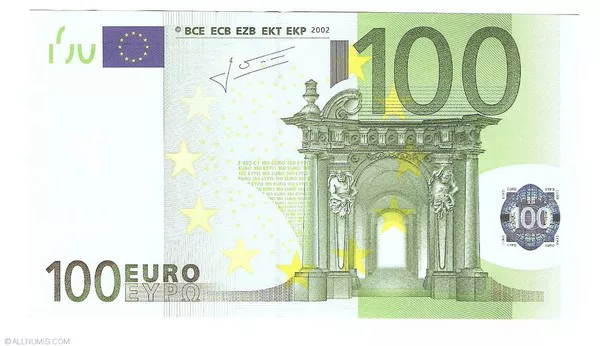1. The short term is determined by market sentiment and is unpredictable.
Since 1971, is no longer an objective good, but a sovereign credit, so the medium-term exchange rate (over 1 year, 2-5 years) is regulated by the government.
Periods from 5-10 years to longer periods depend largely on market forces.
2. Direct factors affecting the long-term exchange rate: Balassa-Samuelson effect says that the rise of a country’s exchange rate is positively correlated with the level of economic development, but after 1971, this theory is no longer universal.
It now appears that the immediate factor affecting the long-run exchange rate is the price level of a country’s tradable goods, which is usually in line with a price theorem in which the price of tradable goods is determined by supply and demand.
Therefore, it can be further divided into two factors A. From the perspective of supply, the more competitive and the more technical, the faster the price of tradable goods falls and the higher the exchange rate.
Suppliers can contribute about 20% of the exchange rate impact.
B. From the perspective of demand, the age structure of the population has a greater impact (65%) on the price level of tradable goods.
As populations age, consumption shrinks, but productivity does not fall in industrialised countries, leading to much lower prices for tradables.
Japan, for example, experienced a recession in the 1990s, a sharp decline in asset prices, an outward shift of industries, and the disappearance of core brands, but its exchange rate remained strong.
A. National capacity and exchange rate: The larger the proportion of government expenditure in the country, the higher the exchange rate.
Economic growth requires cooperation between the public and private sectors, while the capacity and efficiency of the public sector are highly demanding, and the ability to control and mobilize citizens needs to be strengthened.
Governments can tax more, spend more, and provide all sorts of public goods (public security order, commercial order, unified market, trade agreements, infrastructure, health care, education).
B. Level of trade openness and exchange rate: The more actively integrated the international trading system is, the stronger the exchange rate will be for an economy with a higher share of exports.
C. Factor characteristics and exchange rate: At the same time, in trade, the type of goods exported is more important than the volume of exports.
If a country exports energy, raw materials, commodities, ores and other commodities all have a procyclical character.
When the economy is bad, exports will depreciate, along with a lower exchange rate, which will make the country worse off.
On the contrary, manufactured exports will have a strong countercyclical character.
When the economy is bad, a country’s currency will be sold off and the exchange rate will be lower, which will lead to a price advantage for manufactured goods.
Once manufactured goods have a price advantage, it will expand and the exchange rate will rise.
D. Type of civilization and exchange rate: Protestant and East Asian civilizations have relatively strong exchange rates.
Both civilizations encouraged the pursuit of wealth and success.
Protestant civilizations believe that personal wealth and achievement are an expression of God’s love for that person.
East Asian civilization does not believe in God, it believes in pragmatism.
South and Southeast Asia, on the other hand, practice Mahayana Buddhism and Hinduism and pursue inner peace, and these currencies tend to depreciate (but not by much).
The third is the three normal religions (Roman Catholicism, Eastern Orthodoxy, Islam), which discourage the pursuit of wealth and encourage the pursuit of happiness. These countries are very weak.
E. IQ per capita and exchange rate & Religious seriousness and exchange rate: It is an objective fact that IQ per capita varies across countries.
Societies with lower average IQ values religion more.
Hawkish Fed and Omicron jockeyed for market position as U.S. crude oil opened down nearly 3 percent to hit a new two-week low.
Please pay attention to the specific operation, the market is changing rapidly, investment needs to be cautious, the operation strategy is for reference only.




























